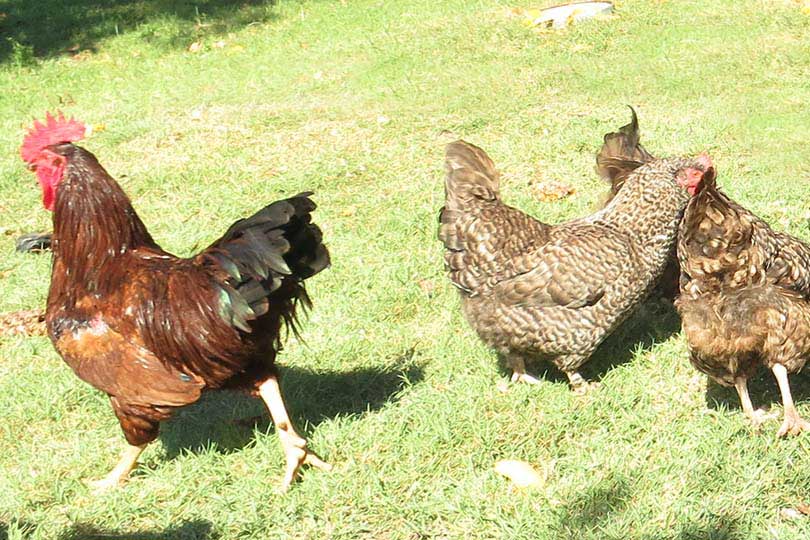The ongoing salmonella outbreak has sickened 611 people in 45 states, including Texas, according to the Center for Disease Control and Prevention. The outbreak has been linked to live poultry in backyard flocks.
Texas is home to one of the largest backyard poultry flock populations in the U.S, according to the Texas Animal Health Commission (TAHC).
The agency emphasizes the use of proper biosecurity to ensure food safety and to minimize the spread of poultry diseases. Biosecurity is a set of preventative measures designed to reduce the risk of introduction and transmission of an infectious disease agent, such as salmonella.
The symptoms of salmonella in poultry are not always easily identifiable.
“Poultry can have salmonella on their bodies and can transmit the infection and yet be healthy and clean,” Dr. Bob Judd, host of Texas Vet News on the Texas Farm Bureau (TFB) Radio Network, said. “The bacteria can be present also in the environment such as cages, coops, and even the soil where they live and walk.”
It’s essential to wash your hands frequently when handling birds in order to limit your risk of exposure.
Follow these simple guidelines from TAHC to help minimize the risk of salmonella:
1. Keep your distance. Restrict access to your property and your poultry.
2. Keep it clean. Wear clean clothes, scrub your shoes/boots with disinfectant and wash hands thoroughly.
3. Don’t haul disease home. If you have shown birds at a fair or exhibition or are bringing in new animals, keep them separated from the rest of your flock for 30 days after the event.
4. Don’t borrow disease from your neighbor. Do not share equipment, tools or other supplies with your neighbors or other livestock or poultry owners.
5. Look for signs of infectious diseases. You should know what diseases are of concern to your flock and be on the lookout for unusual signs of behavior, severe illness and/or sudden deaths.
6. Report sick animals. Don’t wait. Report serious or unusual animal health problems to your veterinarian, state or federal animal health officials or local Extension office.
For more information, visit the TAHC website.

